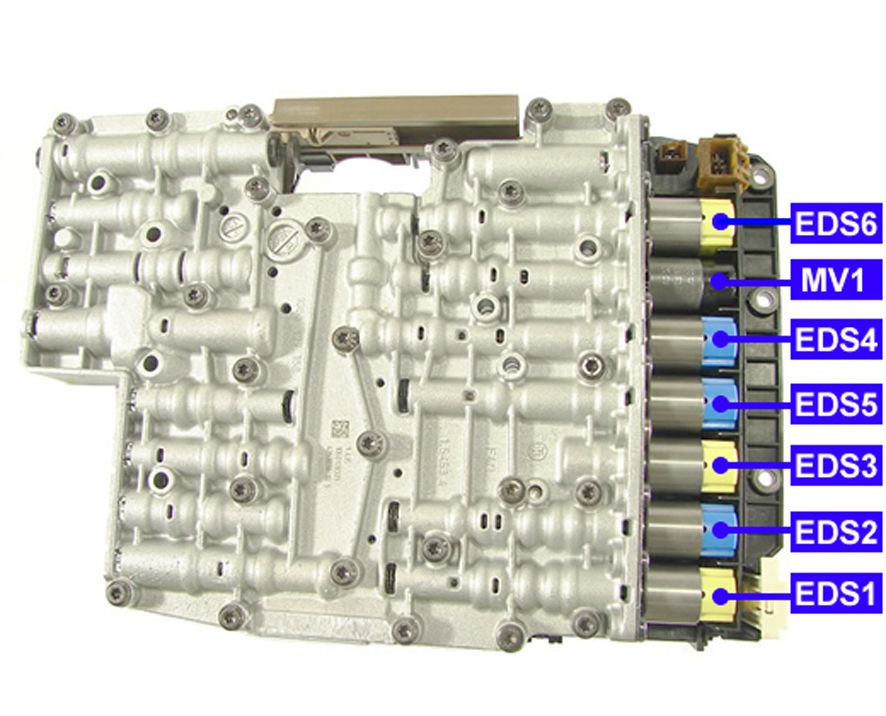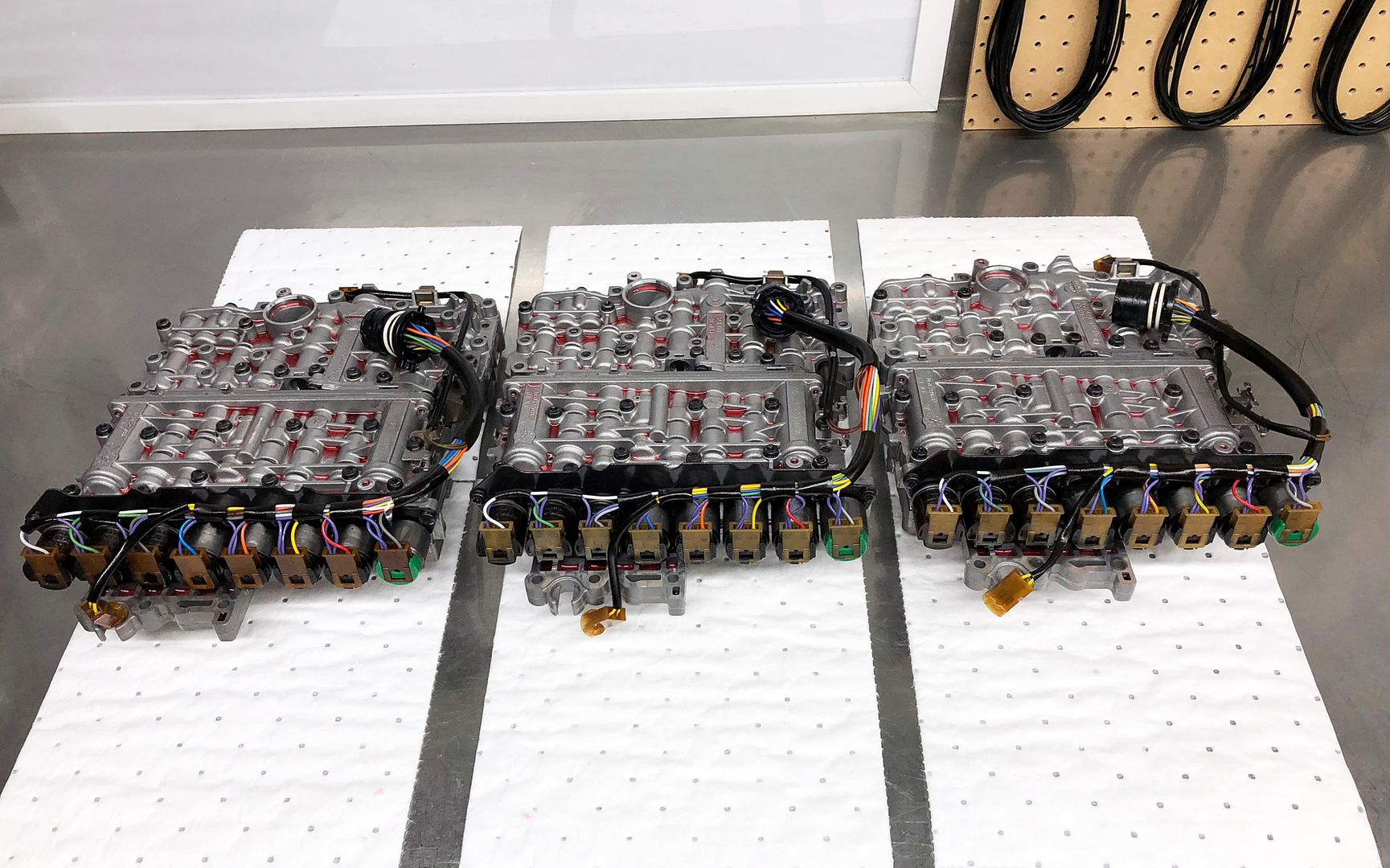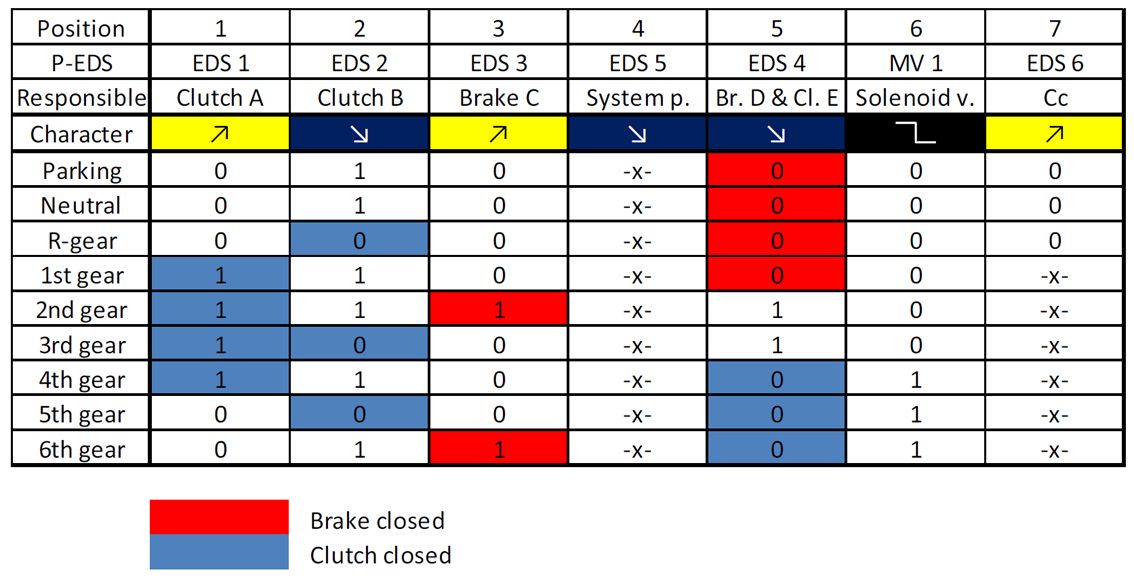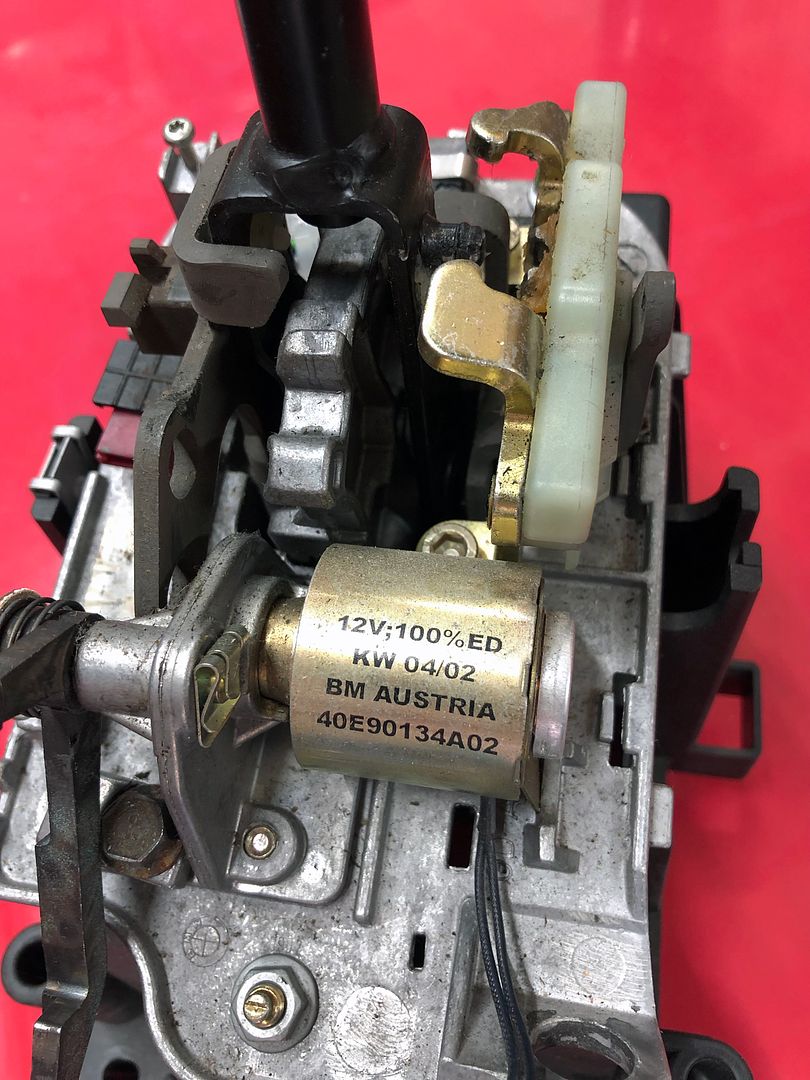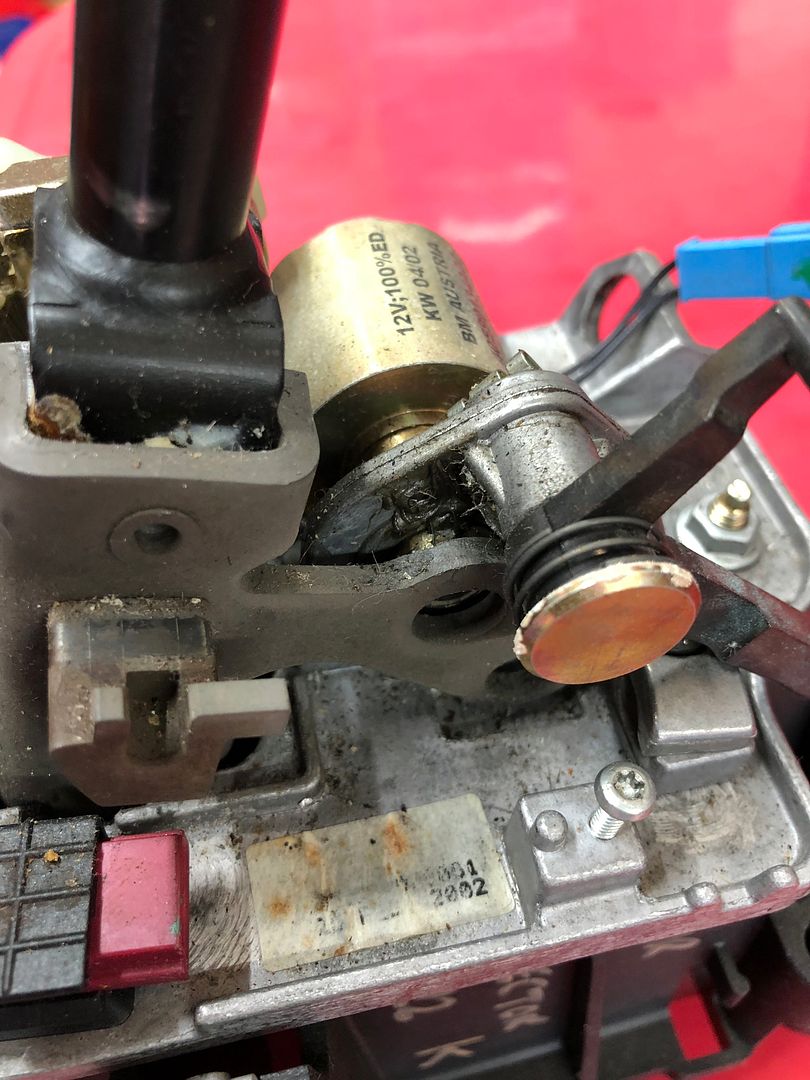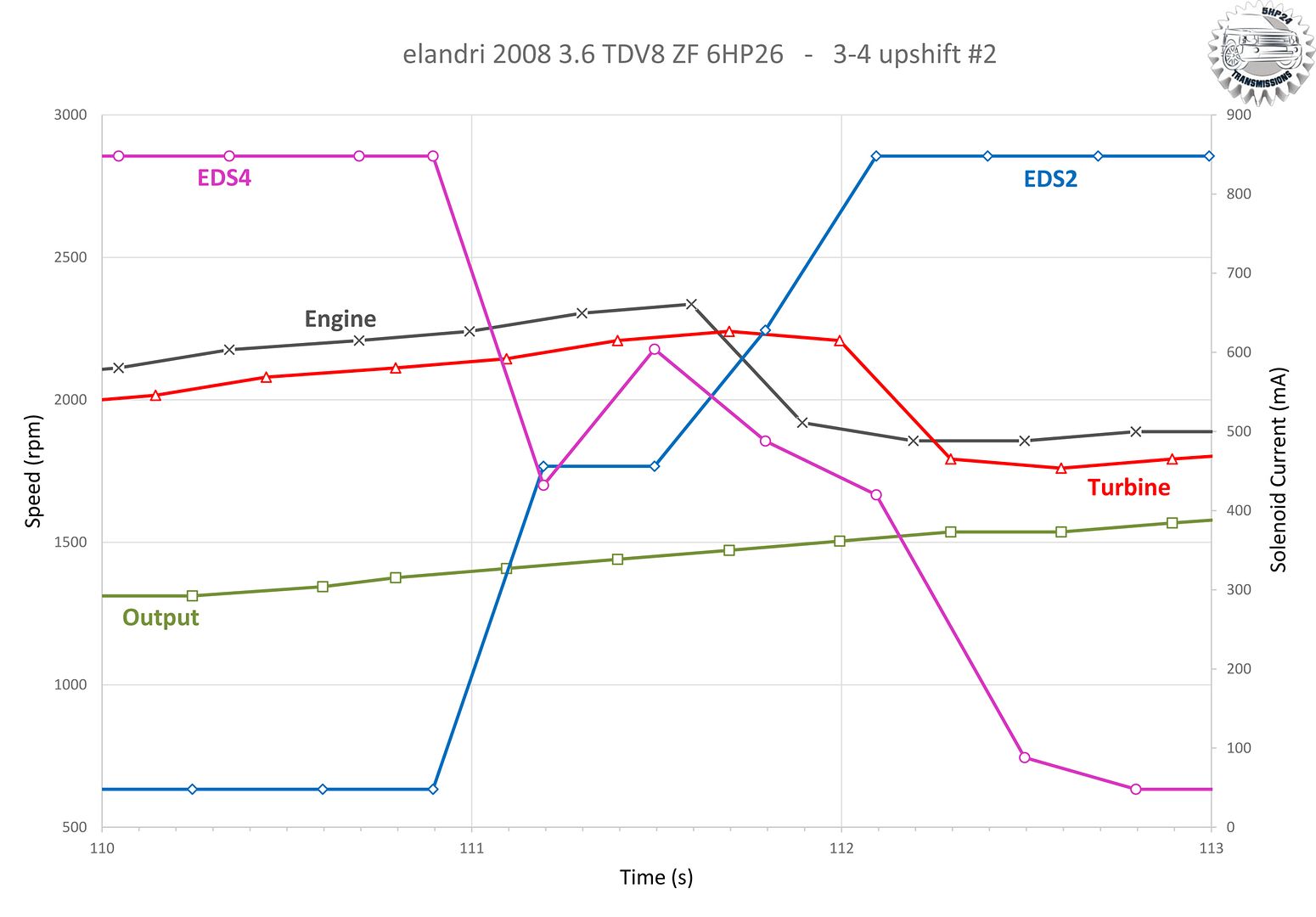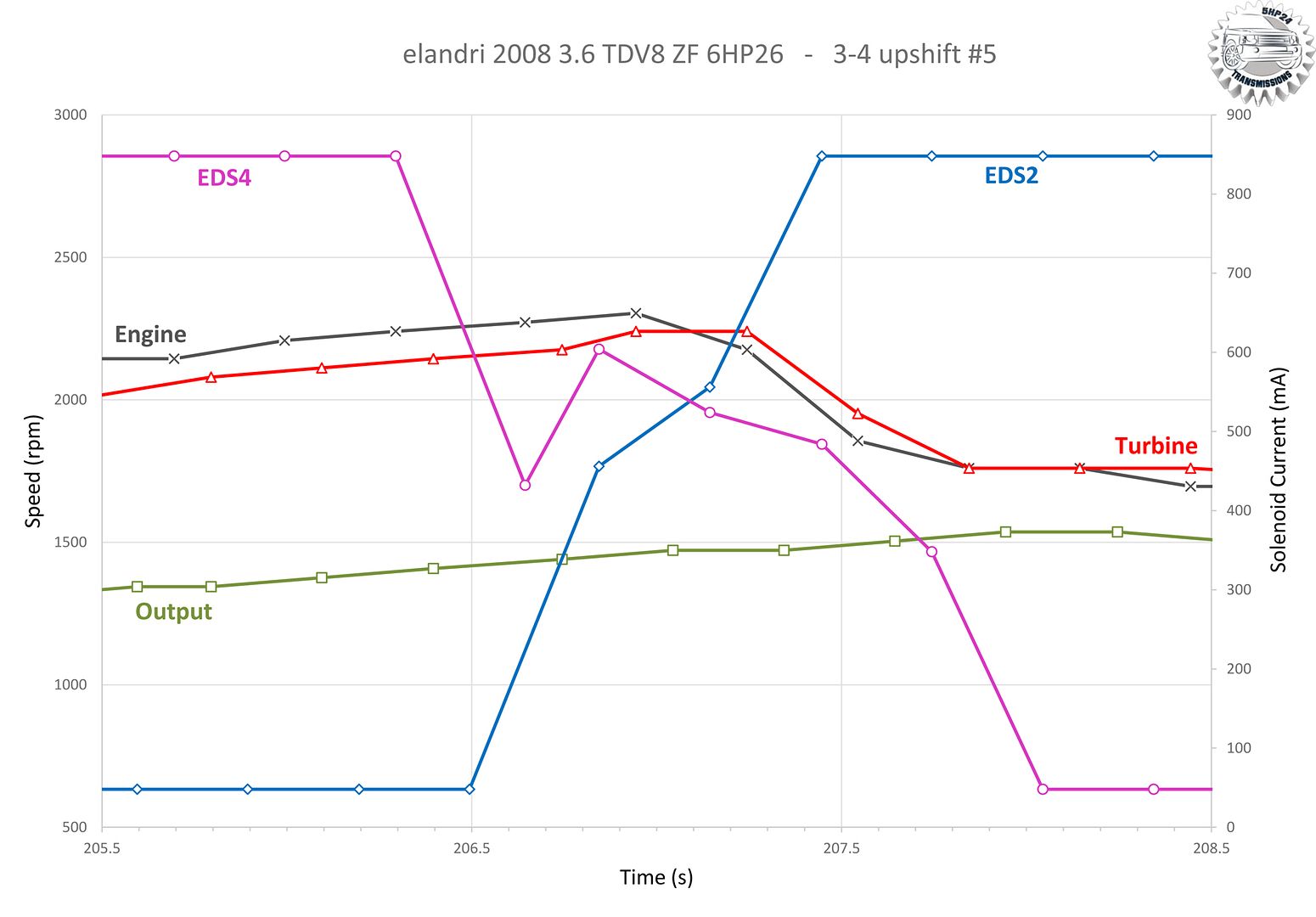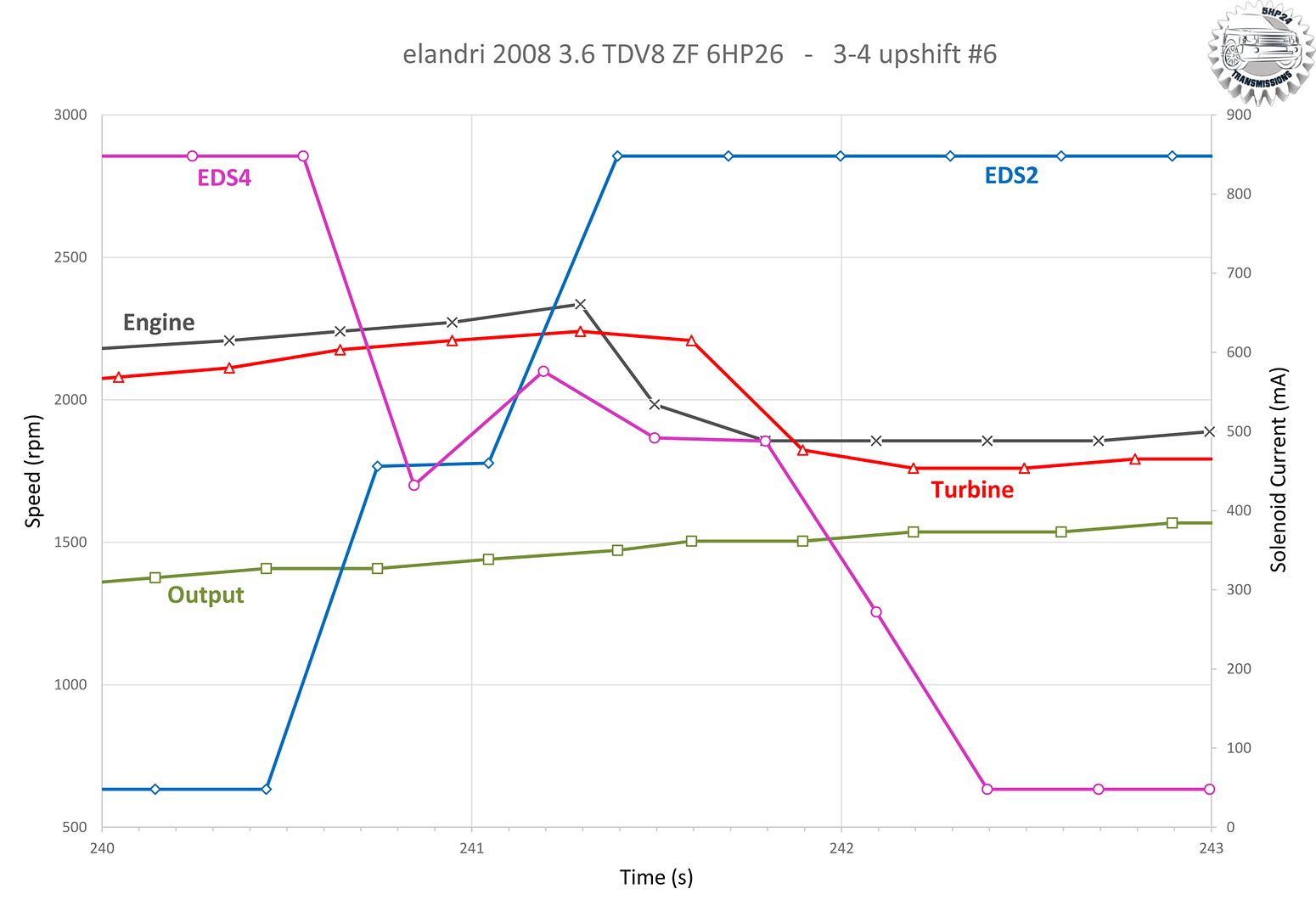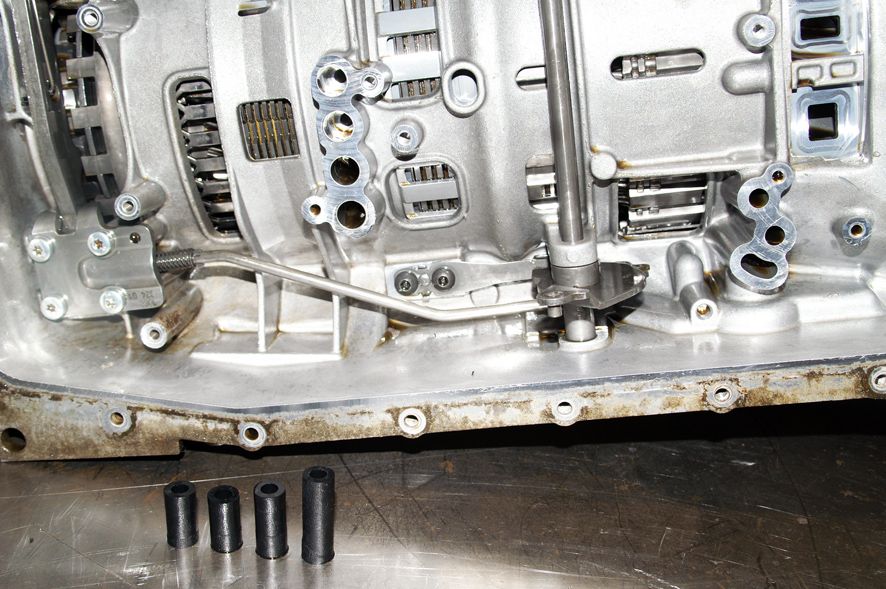 | Home > Technical (L322) > 6hp26 shift issues 3.6TDV8 |
 
|
|
|
| RRPhil Member Since: 22 Aug 2011 Location: Blackburn, Lancashire Posts: 1036 
|
I’d be very interested to see the information produced by the IID tool during data capture. Does it record the measurements as a .csv file, like the Faultmate? It’s important to recognise the limitations of this method, though, as clearly only the current being fed to the solenoids is measured and not the resulting pressures produced.
|
||
|
| elandri Member Since: 28 Apr 2015 Location: Norwich Posts: 44  
|
I've only had the IID for a few days so not very adept at using it yet. However, a scan of the user manual shows that the device presents the results in graphical form (on a tablet) but it also says that the data can be exported in .csv format.
|
||
|
| RRPhil Member Since: 22 Aug 2011 Location: Blackburn, Lancashire Posts: 1036 
|
I look forward to seeing some numbers – I’ve never seen the IIDTool’s capability at data capture before.
|
||||||
|
| elandri Member Since: 28 Apr 2015 Location: Norwich Posts: 44  
|
Hi Phil,
|
||
|
| RRPhil Member Since: 22 Aug 2011 Location: Blackburn, Lancashire Posts: 1036 
|
There are two types of mechatronic unit used in the 6HP26; the M-type and the E-type. The M-type has a cable-operated manual valve and park lock, as per the Range Rover. The E-type has an electrically operated park lock and doesn’t therefore require a traditional gear lever tugging on a cable and instead can use an electrical rotary selector dial e.g. as used in the 4.4 TDV8 for the 8-speed 8HP70 transmission.
|
||||
|
| RRPhil Member Since: 22 Aug 2011 Location: Blackburn, Lancashire Posts: 1036 
|
Regarding the ‘shift lock solenoid’, another possibility is that this is a complete red herring and it’s actually referring to the interlock solenoid on the shift lever, which prevents you moving the lever out of Park or Neutral without first putting your foot on the brake? i.e. nothing to do with the mechatronic solenoids
|
||||||
|
| elandri Member Since: 28 Apr 2015 Location: Norwich Posts: 44  
|
You've got it in one Phil! I've just been and tried it again and it goes "off" with the brake not when lever is moved out of Park.
|
||
|
| elandri Member Since: 28 Apr 2015 Location: Norwich Posts: 44  
|
Phil,
|
||
|
| RRPhil Member Since: 22 Aug 2011 Location: Blackburn, Lancashire Posts: 1036 
|
All six of the 3-4 upshifts that you measured appear to be highly consistent:
|
||||||||||||||
|
| cheezels Member Since: 23 Apr 2016 Location: Sunshine Coast Posts: 279  
|
The IID tool can log engine rpm and turbine rpm
|
||
|
| elandri Member Since: 28 Apr 2015 Location: Norwich Posts: 44  
|
Thanks Phil,
|
||
|
| RRPhil Member Since: 22 Aug 2011 Location: Blackburn, Lancashire Posts: 1036 
|
The rubber jump tubes are usually changed as a precaution because they may take on a permanent set after being compressed for several years at high temperatures. I wouldn’t have thought you would need to worry after only a fortnight.
|
||||
|
| elandri Member Since: 28 Apr 2015 Location: Norwich Posts: 44  
|
Thanks Phil,
|
||
|
| RRPhil Member Since: 22 Aug 2011 Location: Blackburn, Lancashire Posts: 1036 
|
The transmission cooler is an oil-to-water type which uses the engine coolant to cool (& heat) the transmission fluid. Consequently the transmission fluid normally operates at around the engine coolant temperature. 95°C is therefore not a high temperature for the transmission fluid, it is ‘normal’. Only once the fluid temperature gets above 125°C does the controller start to make adjustments to shift points and torque converter LUC operation (i.e. cooling strategy mode) in an attempt to bring the temperature down. If the fluid temperature gets to 137°C then the engine torque is significantly reduced and the transmission selects limp home mode. If it gets as high as 140°C then the solenoids are de-activated. Damage will occur to the mechatronic unit at temperatures above 150°C.
|
||
|
 
|
|
| All times are GMT + 1 Hour |
< Previous Topic | Next Topic > |
Posting Rules
|
Site Copyright © 2006-2025 Futuranet Ltd & Martin Lewis
![]()

